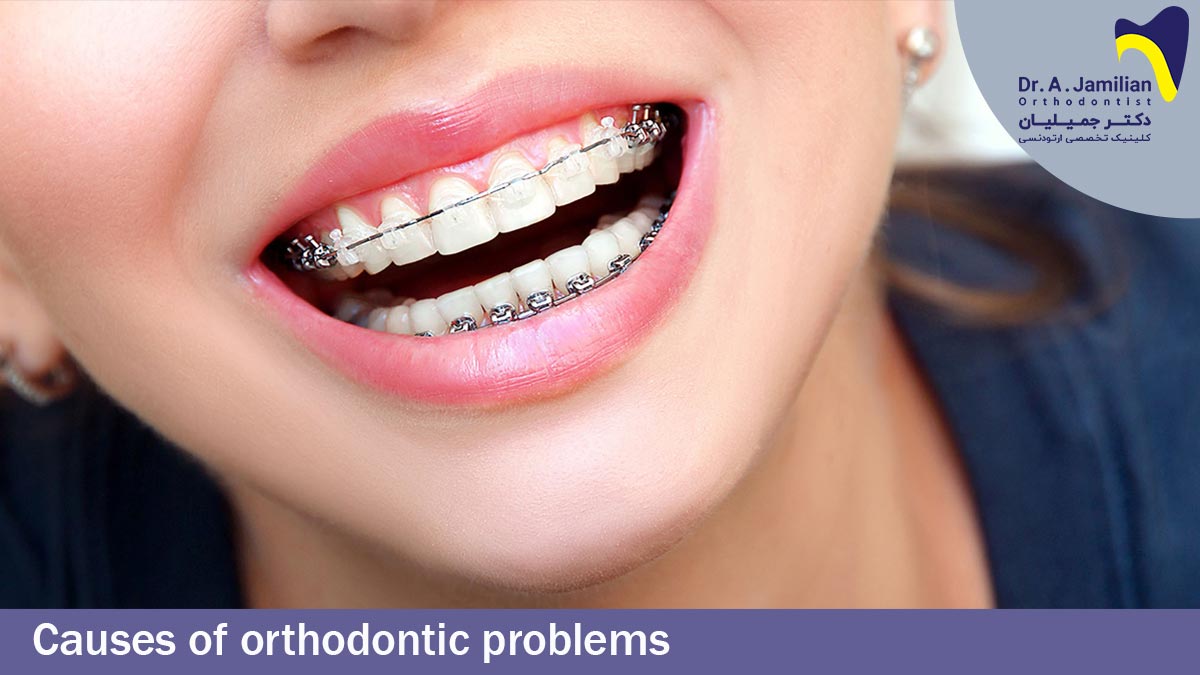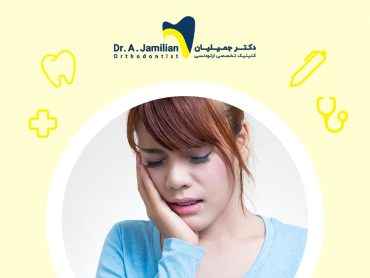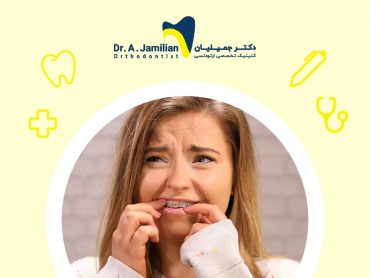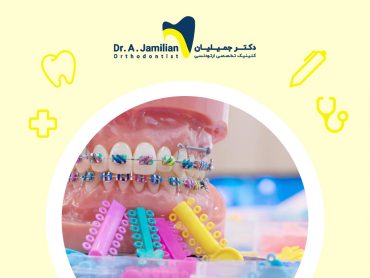Dental malformations occur for a variety of reasons. Almost all of these disorders can be prevented and treated. The most important causes of these problems are discussed below.
To begin with, it’s important to understand that most orthodontic problems are hereditary. Along with a group having a higher chance of being hereditary than normal. Often, a small jaw is inherited from the mother and a big tooth from the father. These often will collide and begin resulting in misaligned and crowded teeth. Or the large jaw is inherited from the father and the small teeth from the mother, causing spaced teeth. Mandibular prognathism is the most common hereditary jaw problem which passes through generations. Certain genetic mutations in the early stages of fetal development can lead to a variety of dental malformations.
Some malformations are caused by environmental factors. Taking certain medicines by pregnant mothers and exposure to certain chemicals or X-rays may impair development of the dental system. Moreover, smoking or alcohol consumption during pregnancy increases the likelihood of these problems. Habits such as mouth breathing, finger sucking, tongue sucking and nail and lip sucking may also cause dental and jaw malformations. All newborns suck fingers but the problem arises when the habit continues up to an older age. Children more than 5 years old who are still sucking their fingers should be encouraged to leave this habit.
The orthodontist can help to quit the habit. Impacts to the jaw, neck or TMJ of children or falling with the chin while walking or running are also important. These traumas may result in small fractures in TMJ that are often invisible. Despite the lack of specific treatment, it can alter TMJ development and progressively result in facial distortion in infants.

As a crucial point for parents, children should be visited by an orthodontist after a trauma to the face and teeth which is associated with deciduous teeth breakage. If facial distortion is diagnosed, the orthodontist can prevent further distortion with simple orthodontic appliances to get rid of complex surgeries and treatments in the future. For reasons not yet fully understood, sometimes the mandible grows in one side more than the other leading to mandible deviation. Sometimes, some permanent teeth are missing in the patient’s mandible, which can cause problems with the teeth alignment. Sometimes extra teeth increase the number of teeth than normal and lead to teeth deviation. The most common extra tooth is an incisor in the midline of the maxilla. Sometimes one or more teeth are larger or smaller than others causing dental irregularity.
What is the relationship between deciduous teeth and Orthodontics?
Early loss of deciduous teeth is another cause of malformations. This idea that deciduous teeth are temporary and therefore unvalued is quite wrong. One of the most important tasks of deciduous teeth is to preserve the space in the jaws until the growth of permanent teeth. If a deciduous tooth falls prematurely, the adjacent teeth will be forced to move into the empty space. Eventually the permanent tooth may either not grow (stays hidden) or grow irregularly. The most important way to prevent these problems is to protect the oral health and hence prevent tooth decay from childhood. In the case of loss of a premature deciduous tooth, a space retainer should be made for the patient. Some children breathe through the mouth instead of the nose. Oral breathing may be due to partial or complete obstruction of the nose due to sinusitis, allergies, enlarged tonsils and nasal polyps. In this case, in addition to orthodontics, the patient needs to be examined by an otolaryngologist to resolve oral breathing. In all cases, timely treatment can prevent some acute problems and also the need for jaw surgeries.
What problems are resolved with Orthodontics?
Orthodontic treatments are not just for aligning the disordered teeth; but they can also improve the relationship between the two jaws and teeth. Improper maxilla and mandible relationship can also adversely affect eating, chewing and talking. Most people with jaw and tooth malformations sometimes cannot pronounce the letters correctly, for example they may pronounce the letter “s” as “sh” or have difficultly pronouncing the letter “r.” Moreover, people whose face and facial bones are affected by jaw relationships, such as those with a protruded mandible compared to the maxilla, not only have problems with chewing and talking, but their entire facial bone is also altered and looks like an angry face. Occasionally, teeth crowding, especially in the front of the jaw, results in food stuck between the teeth and inability to brush many tooth surfaces, which results to tooth decay and gum disease. Orthodontic treatments help correct chewing and speaking, and prevent joint discomforts



